
Karachi Port Management
A commemorative postage stamp on the 100 Years of Karachi Port Management (1880–1980) :
 Issued by Pakistan
Issued by Pakistan
Issued on Jul 15, 1980
Issued for : To commemorate one hundred years of independent Port Management, Pakistan Post Office is issuing a special stamp on 15.7.80.
Description : The stamp depicts in a befitting manner the transformation of an anchorage, delineated on the right, into a modern buzzing sea-port. The O.P.IV shown in the centre, the latest addition to the port, is a modern oil terminal capable of handling 5 million tons of oil per annum. The light house, shown on the left, built at a height of 149 feet above sea level, beacons ships within a radius of 18 miles, and is a symbol of the Port of Karachi.
Designer : Adil Salahuddin
Type : Stamp, Postal Used
Denomination : Re. 1/-
Colours : Yellow, Blue, Red and Black
Size of Stamps : 78 x 25 m.m.
Size of Print : 75 x 22 m.m.
Perforation : 13 x 13½ (C)
Quantity : 1 million
No. of stamp in one sheet : 40
Process of Printing : Litho Offset
Printers : Pakistan Security Printing Corpn., Karachi
About :
- The Port of Karachi was a natural anchorage in the year 1839. Thereafter, proposals for its development to meet the strategic and economic needs of the hinterland were mooted. As the development work gained pace, the government appointed a Committee of officials and businessmen who recommended setting up Karachi Harbour Board, which came into existence on 10th March 1880. This Board was later superseded by the Karachi Port Trust which was set up in 1887.
- With the establishment of Pakistan in 1947, the Port of Karachi overnight became the life-line of the country. The need for remodelling and reconstruction of its physically outlived and deteriorated berthing facilities was acutely felt, and a project for the reconstruction of thirteen general cargo berths at East Wharves was immediately initiated. This project was completed in 1964. One temporary oil berth was also added. The Port’s capacity was thus increased from 1 million tons each of dry general cargo and oil, to about 3.2 million tons of dry general cargo and 2 million tons of oil. Thereafter, the Second Development Phase was launched, increasing the Port’s capacity from 3.2 to 5 million tons of dry general cargo and from 2 to 5 million tons of oil.
- To meet the continuously increasing demands of trade and shipping, the Third Development Phase was launched in 1974, and is due for completion during 1980-81. When completed, it will raise the dry general cargo handling capacity to 6 million tons, rail handling capacity of West Wharves Berths from 300 to 1000 wagons per day, and carve additional capacity for handling 40,000 TEUS of containers, LASH, and RO-Ro traffic.
- Simultaneous action was taken to launch the Fourth Development Phase in 1975. This Phase will be completed by end of 1980, increasing the oil handling capacity from 5 to 10 million tons.
- Karachi Port handles the entire sea-borne trade of Pakistan, which today comprises about 8 million tons of dry cargo, including foodgrains, fertilizer and cement imports; rice and cotton exports; and rapidly increasing volume of container, roll-on, roll-off and lash traffic. The Port also handles about 7 million tons of crude oil, P.O.L. and liquid build traffic. This represents Rs. 50 billions of water-borne commerce, and is the back-bone of the economic resurgence of Pakistan, made possible by the Port of Karachi with its natural harbour, multi-purpose shipping berths and array of cargo handling facilities.
- Issued by: The Director General, Pakistan Post Office, Islamabad.


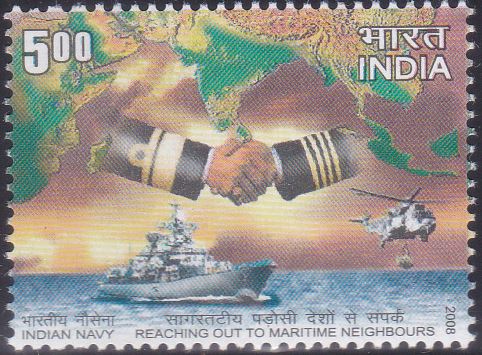
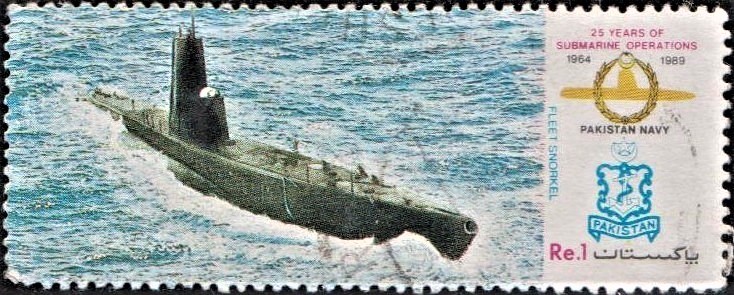
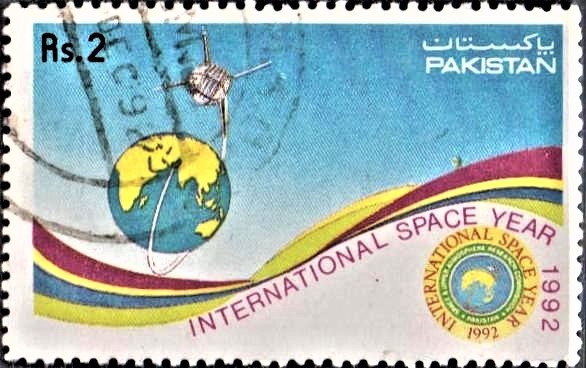
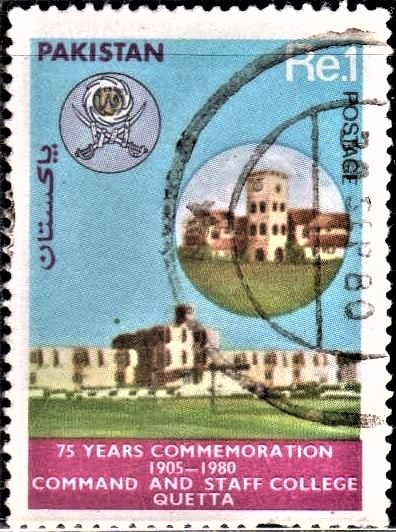
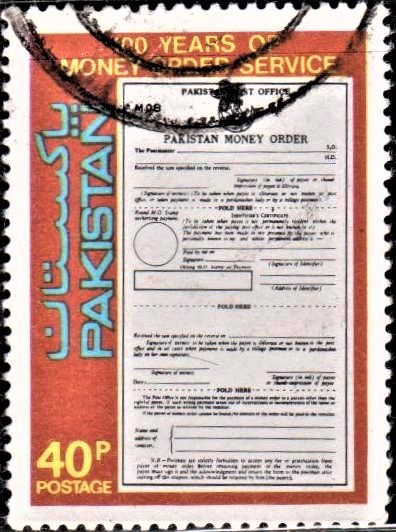
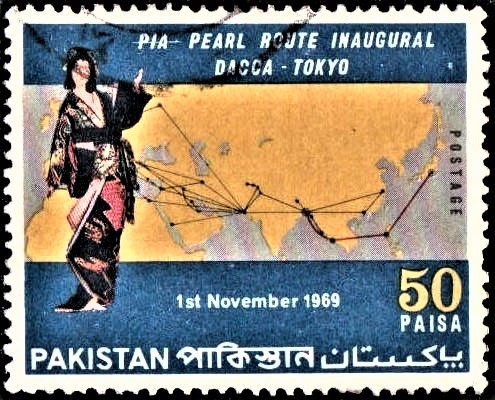
[…] on the Gulf of Kutch on the North Western coast of India some 256 nautical miles southeast of the Port of Karachi and over 430 nautical miles north-northwest of the Port of […]